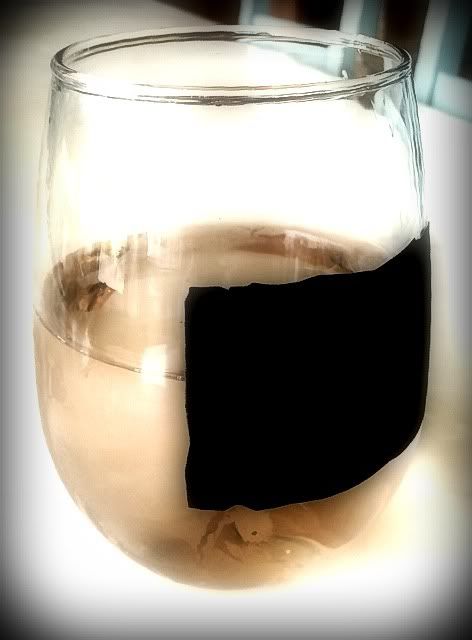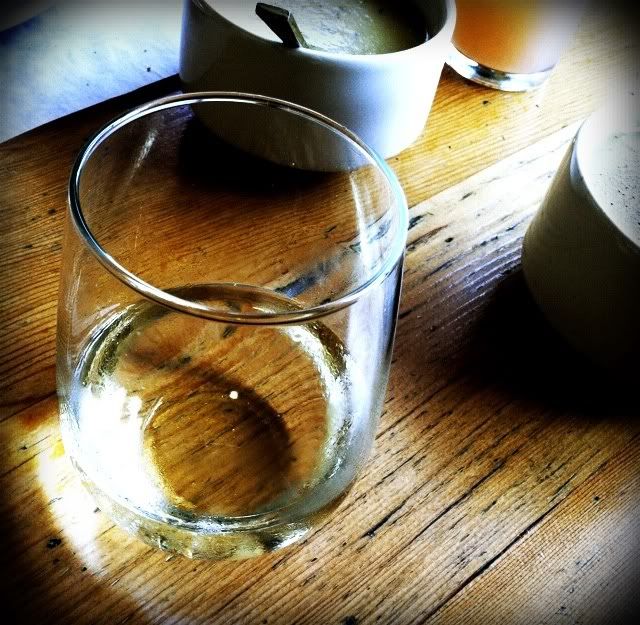The Stars of Cabernet tasting event had me expecting lots of ripe-to-bursting fruit and a pencil factory's worth of graphite. I was surprised, but not disappointed.
The event was held November 16, 2011 at the Peninsula Hotelin Beverly Hills, staged by Ian Blackburn's Learn About Wine. Instead of the usual Napa Valley supects - not that that's a bad thing - the room was populated by mostly small producers and a number of family-operated vineyards.
I wasn't the only one struck by how many "lean and mean" wines were poured. Instead of the usual aromas and flavors that normally dominate a Cabernet Sauvignon event, there were quite a few wines showing a green, herbal quality which I found most attractive. Old-world styles seem to pop up regularly. Big, ripe fruit was certainly represented, too, and the tannins were uniformly firm. I found myself remarking on the minerality and acidity at a number of tables.
Many of the wines were of the 2008 vintage, which was affected by a scarcity of rain and lots of late frost in Napa Valley, resulting in lower yields and smaller berries. The quality was very high, though, and it showed in many of the wines poured at this event.
The quality of the wines was so uniformly high, it would be a disservice to leave out any that I tasted simply to save space. I have plenty of space, so here's what I tasted:
This Napa producer poured their rich and elegant Estate Reserve Cabernet Sauvignon 2006, the old-world Right Bank and Eloge, a Cabernet Franc blend.
Lede's wines from the Stags Leap District have garnered high praise. His Cabernet Sauvignon Stags Leap District 2008 - 75% Cabernet Sauvignon blended with Merlot, Cabernet Franc, Petit Verdot and Malbec - has a beautiful, dark feel and the Poetry 2008 - same varieties with 78% Cabernet Sauvignon - shows dark fruit and great acidity.
The name means "the moment when lightning strikes," a moment you'd like to keep forever. It's a beautiful description of a Napa Valley wine that fits the bill. Their 2009 Cuvée blend is 85% Merlot and 15% Cabernet Franc, and it has a great herbal note on the currant fruit flavor.
Napa Cab with a splash of Cab Franc makes up their Bon Passe Vineyard 2008. It has a beautiful blueberry flavor and is smooth with firm tannins. The Linda's Hillside 2007 shows cassis and even firmer tannins. $25 of each bottle sold goes to the Ovarian Cancer Research fund in memory of Linda Bump, who lost a fight with that disease in 2007.
The Decoy 2009 Napa Valley Cab includes 18% Merlot and offers smoke on the nose with good structure. The Duckhorn 2008 Napa Valley Cab blends in Merlot, Cabernet Franc and Petit Verdot and shows blackberry and earth. The 2008 Monitor Ledge Vineyard Cab is augmented with a splash of Petit Verdot and shows an invigorating minerality. The 2008 Howell Mountain Cab steps that feeling up a notch.
The 2008 Napa Cab has Petit Verdot and Cabernet Franc in the mix. It's dark and rich with great tannic structure. The 2009 Rutherford Reserve Cab adds a touch of graphite to the black cherry flavor.
Gentleman Farmer
The 2009 Cab has a peppery touch to the dark fruit, with great tannins. The 2009 Napa Valley Red Wine is a Right Bank blend of 51% Cab, 46% Merlot and 3% Cabernet Franc. The Cab Franc really shines in this one, with great red fruit displaying smoke and spice.
Located in the Happy Canyon AVA of Santa Barbara County, the Grassini's sustainably-farmed vineyards are near Dierberg Vineyards in the warm eastern part of the Santa Ynez Valley. Their Estate Cab 2008 was one of the more intriguing wines of the event. Terroir-driven, bright red fruit has a minty edge and superlative acidity. It's no doubt a versatile wine for a complex holiday meal. (That's Mandy Grassini in the image)
The 2007 Napa Valley Cab is rich and dense, while the 2006 Yountville Cab is beautiful, showing plenty of dark fruit and notes of coffee.
Transformation, Jaffe's 2008 blend of 60% Cab and 40% Merlot from St. Helena, is opulent. Spices adorn smoke and candy. The 2007 Metamorphosis St. Helena Cab goes deeper and darker, with an 85%/15% angle to the grapes.
One of the few non-Napa producers at this event, Kathryn Kennedy Winery is in the Santa Cruz Mountains, on the inland side. The Small Lot Cab 2007 is produced utilizing sourced grapes from the AVA and shows a lovely herbal quality. I also tried the 2002 Estate Cab, also displaying some herbal notes - mint and anise.
From Knights Valley, in the Mayacamas Mountains, comes the most delicious wine I tasted at this event. The Knights Valley Cab 2008 is loaded with fruit, has a touch of graphite and is smooth as silk. $110.
Lail's Blueprint Napa Valley Cab 2009 is elegant and strong at once, with great dark fruit and tannic structure. Their J. Daniel Cuvée Napa Cab 2008 shows a minty, herbal note.
Producing in Sonoma County's Dry Creek Valley, Clay Mauritson's pet project is a series of wines that show the different soil types available on the estate. Each wine in the LOAM series bears the names of a soil type - just like the winemaker - and the '08 Suther, Positas and Clough ane a fascinating exploration of terroir when tasted side-by-side. Rather than "single vineyard" wines, they are "single soil" efforts.
The 2008 Stagecoach Vineyards Cab is quite distinctive with a nice light touch, both possibly due to the inclusion of 8% Malbec.
Some exceptional Napa Cabs come from this family outfit. The Yountville Grigsby Vineyard 2008 has an herbal flair with very nice tannins, while the Collinetta Vineyard 2007 Cab is even more old-world with stunning acidity.
Their 2007 Estate Cab is made from 80% Cab, 12% Merlot and 8% Cabernet Franc from their vineyards east of Silverado Trail. It bears a peppery, spicy flavor profile which put me in mind of the approaching holidays. Their 2007 Padrone Napa Valley Cab has a little more Cab and a little less Merlot. It's dense and dark with great tannins.
They are the only non-California winery I happed across at the event, located in Walla Walla, Washington. Their 2008 Estate has Cab at 88% and also employs Petit Verdot, Merlot and Cabernet Franc. A little challenged in the nose, it's great tasting, very smooth and has nice minerality.
Both ZD's '09 Napa valley Cab and their '08 Reserve are full, rich and smooth with spices and great tannic structure.
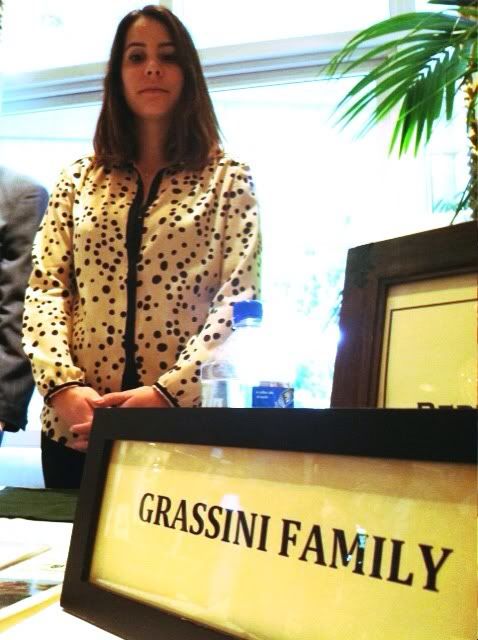

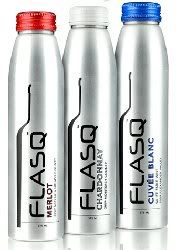

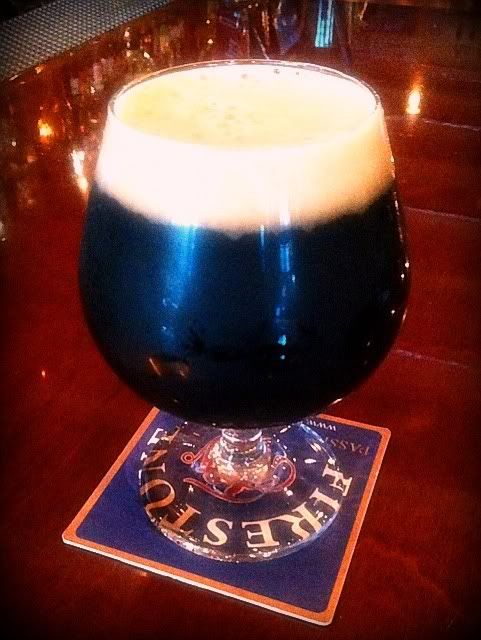
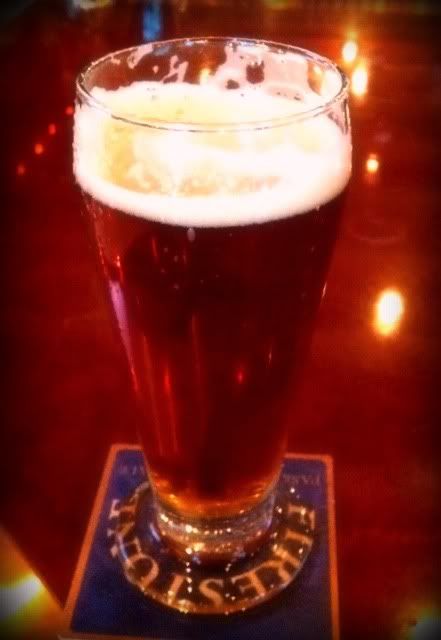 Wild Dog Barrel Aged Gonzo Imperial Porter comes from
Wild Dog Barrel Aged Gonzo Imperial Porter comes from 

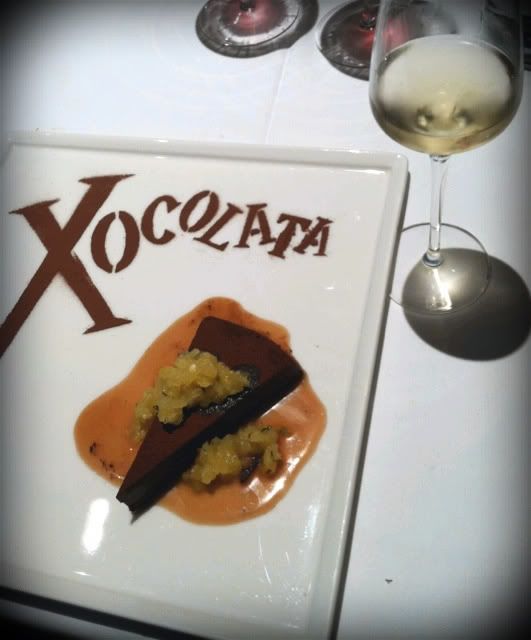 As good as the preceding culinary delights were, the hit of the lunch had to be the dessert - a beautiful presentation of chocolate torte with drunken pineapple. The pairing with Santa Julia’s Tardio was a no-brainer. The Torrontes and Viognier grapes used in this dessert wine are late-harvest selections, so there are no honey notes you might find in a wine made from grapes affected by botrytis. This sweet wine is all fruit and very clean on the palate.
As good as the preceding culinary delights were, the hit of the lunch had to be the dessert - a beautiful presentation of chocolate torte with drunken pineapple. The pairing with Santa Julia’s Tardio was a no-brainer. The Torrontes and Viognier grapes used in this dessert wine are late-harvest selections, so there are no honey notes you might find in a wine made from grapes affected by botrytis. This sweet wine is all fruit and very clean on the palate.

